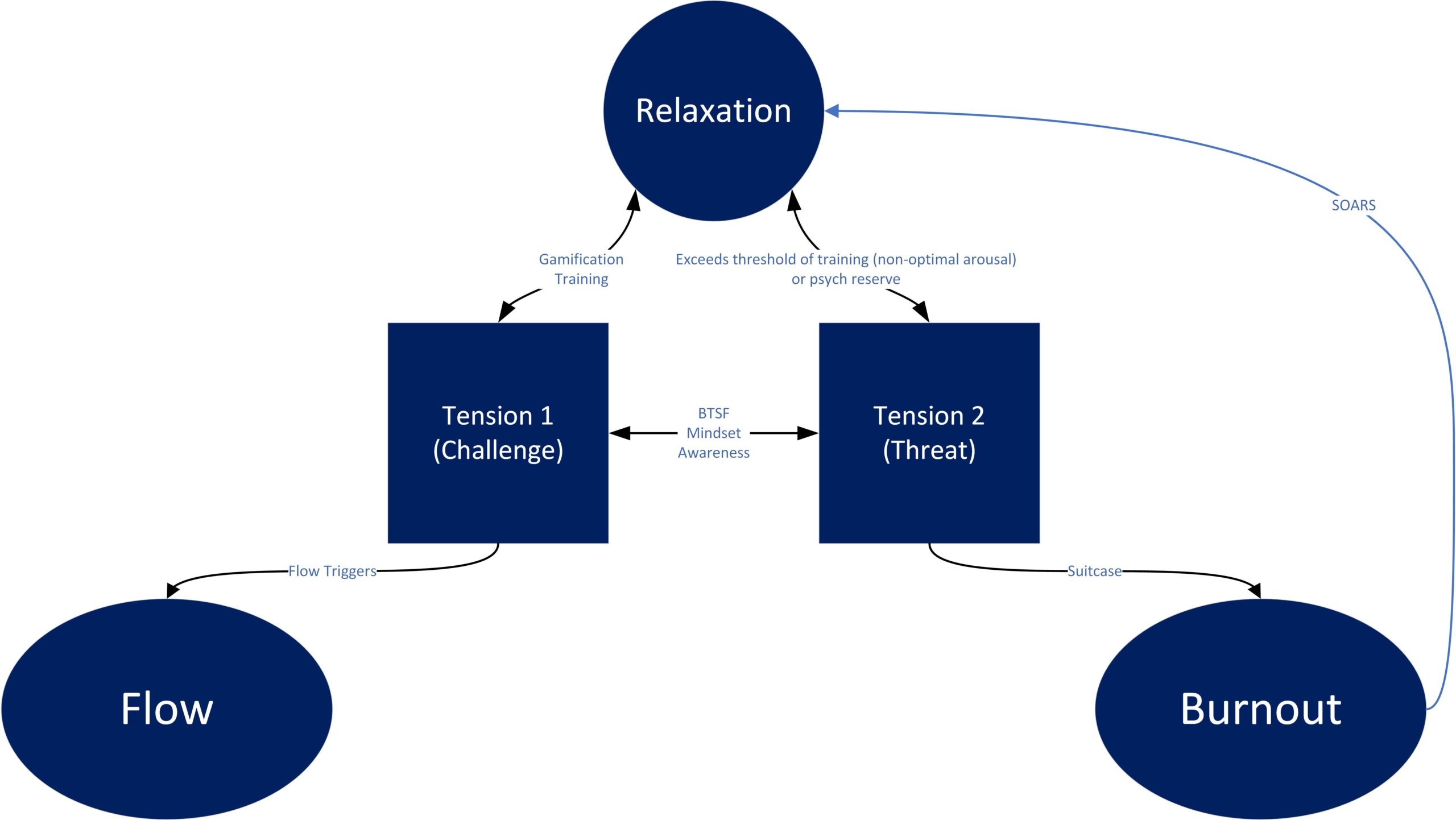Abstract
Background
Achondroplasia is the most common skeletal dysplasia. A significant complication is foramen magnum stenosis. When severe, compression of the spinal cord may result in sleep apnea, sudden respiratory arrest and death. To avoid complications, surgical decompression of the craniocervical junction is offered in at-risk cases. However, practice varies among centres. To standardize magnetic resonance (MR) reporting, the achondroplasia foramen magnum score was recently developed. The reliability of the score has not been assessed.
Objective
To assess the interobserver reliability of the achondroplasia foramen magnum score.
Materials and methods
Base of skull imaging of children with achondroplasia under the care of Sheffield Children's Hospital was retrospectively and independently reviewed by four observers using the achondroplasia foramen magnum score. Two-way random-effects intraclass coefficient (ICC) was used to assess inter- and intra-observer reliability.
Results
Forty-nine eligible cases and five controls were included. Of these, 10 were scored normal, 17 had a median score of 1 (mild narrowing), 11 had a median score of 2 (effacement of cerebral spinal fluid), 10 had a score of 3 (compression of cord) and 6 had a median score of 4 (cord myelopathic change). Interobserver ICC was 0.72 (95% confidence interval = 0.62–0.81). Intra-observer ICC ranged from 0.60 to 0.86. Reasons for reader disagreement included flow void artefact, subtle T2 cord signal and myelopathic T2 cord change disproportionate to canal narrowing.
Conclusion
The achondroplasia foramen magnum score has good interobserver reliability. Imaging features leading to interobserver disagreement have been identified. Further research is required to prospectively validate the score against clinical outcomes.










